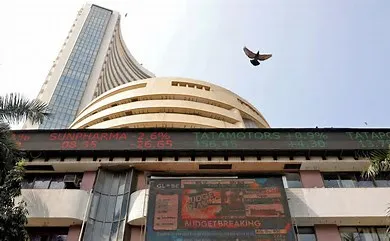A recent report by PhillipCapital, a leading stock broking company, has predicted that India’s private sector capital expenditure (capex) is poised to intensify, building on the robust government spending in the country. The report suggests that India is at the beginning of a capex cycle that will see significant investments in various sectors, including infrastructure, decarbonization, energy transition, and incentives such as the Production Linked Incentive (PLI) scheme.
Government Capex Sets the Stage for Private Sector Investments
The government’s National Infrastructure Pipeline (NIP), which was launched in 2020 with a cumulative value of USD 1.3 trillion, has seen 21% of its projects completed and 46% under implementation, despite delays caused by the pandemic. The government has been consistent in meeting its capex targets over the last five years, with state-level capex seeing a compound annual growth rate (CAGR) of 15.4% over the past five years.
PhillipCapital believes that private sector capex will focus on decarbonisation and energy transition, with significant investments in areas such as renewables, pump storage, green hydrogen, electric vehicles (EVs), semiconductors, and data centres. The report also highlights the importance of the PLI scheme in driving investments in these areas.
Geopolitics to Boost India’s Export Prospects
The report suggests that geopolitical tensions are creating opportunities for India to emerge as a favoured nation for manufacturing and exports. India’s strong infrastructure and soft skills in terms of available manpower make it a natural choice for companies looking to diversify their supply chains.
However, the report also highlights some risks to capex growth, including weaker GDP growth, which could upset budgetary calculations, and the possibility of more funds being redirected into welfare programmes, impacting capex allocations.
PhillipCapital believes that core industry capex in sectors such as steel, cement, power, and oil and gas will drive growth, while other sectors such as railways, defence, EVs, PLIs, and semiconductors will also see significant investments.
Capacity Utilization to Drive Capex
The report suggests that capacity utilization across industries is at 76% (Q1FY25) and will inch towards 80% levels when companies start drawing up capex plans. This will drive investments in new projects and expansions, boosting economic growth.
In conclusion, PhillipCapital’s report suggests that India’s private sector capex is poised to intensify, building on the robust government spending in the country. With a focus on decarbonisation, energy transition, and incentives such as the PLI scheme, India is set to emerge as a major player in the global economy.














